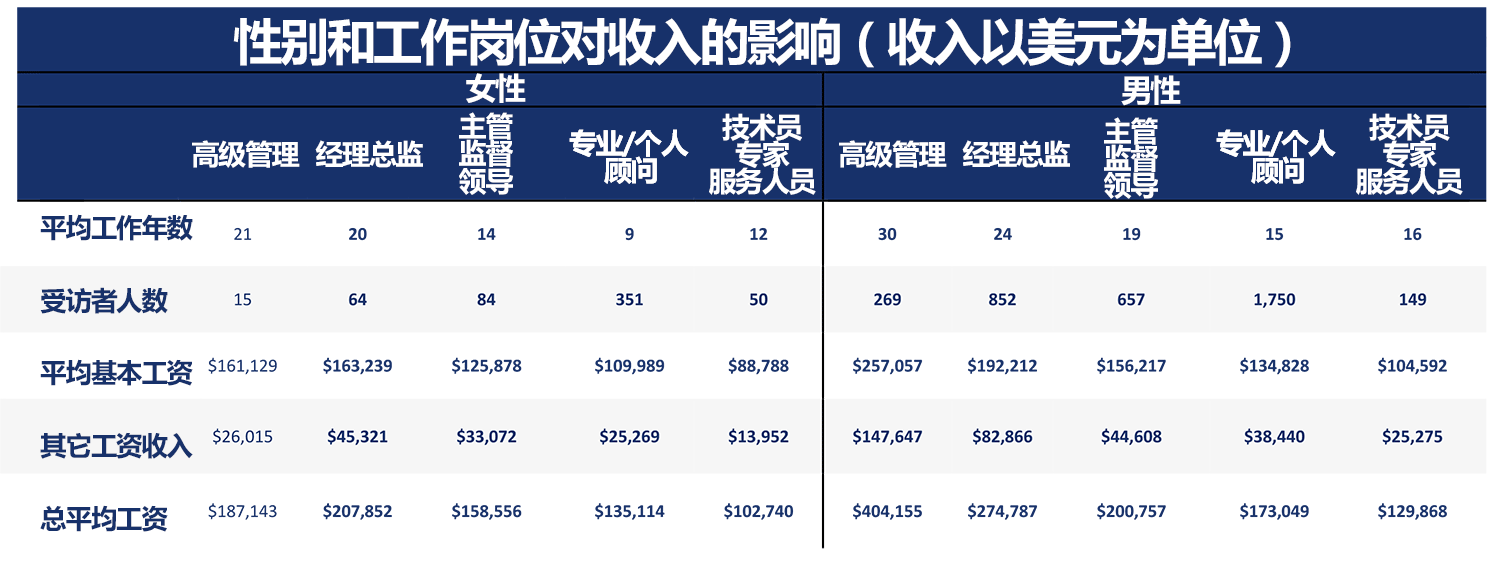Petroleum industry professionals reported an average total compensation of USD206,020 in 2015, down from 2014 (USD214,328) but similar to compensation reported in 2013 (USD203,557).
Although the reported compensation in 2015 was lower than in 2014, more thanhalf (58.5%) of this year’s respondents indicated that their base payincreased over the past year. However, that was a significantly smaller percentage than the 82.2% respondents who reported an increase from 2013 to 2014.
Those who experienced a gain in base pay saw their pay increase by an average of 8% over the past year. For respondents whose base pay decreased, the decline was by an average of 18.4% from last year.
The mean base pay reported in 2015 (USD 153,492) was down from 2014 (USD156,439) and was similar to 2013 (USD 153,620). Other compensation (including bonuses) has been declining since 2013.
This year, members reported an average of USD 52,931 in othercompensation; last year, the average was USD57,889 (Table 1)
Total Compensation by Job Category, Work Region
The mean total compensation among the top tier of professionals declined from 2014, but this was not seen across all regions (Table 2). The most marked declines are from the United States, Canada, and the North Sea and North Atlantic regions. Other categories ofprofessionals were able to maintain their level of compensation.
Compensation by Gender
The majority of professionals of both genders gained an increase in their salary since last year (Table 3 and Fig. 1). However, the number of respondents reporting an increase has declined significantly since 2014 (81.2% in 2014 compared with 58.4% in 2015 among male respondents).
Those reporting no change or a decrease has risen, with 7% of males reporting a decrease compared with only 1.7% in 2014, while those reporting no change has risen from 17.1% in 2014 to 34.6% in 2015.
Female professionals were more likely to experience a positive salary growth than their male counterparts and were also less likely to experience a decrease.
Base Pay by Region
The South America, Caribbean, and Mexico region received the largest percentage increase of any region; besides that region, salary increases hovered around 6% (Tables 4 and 5, and Figs. 2 and 3). The region of Northern and Central Asia showed both the largest percentage of respondents who received a decrease in their base pay (22.7%) and the largest reduction in base payˆ(21.9%).
To Learn More
This report represents a sample of current compensation in the industry. A detailed summary report containing charts and descriptive statistics of trends and more information on the jobs, geographies, and employer types will be available from the SPE Bookstore at www.spe.org/store in early November.










 石油圈
石油圈